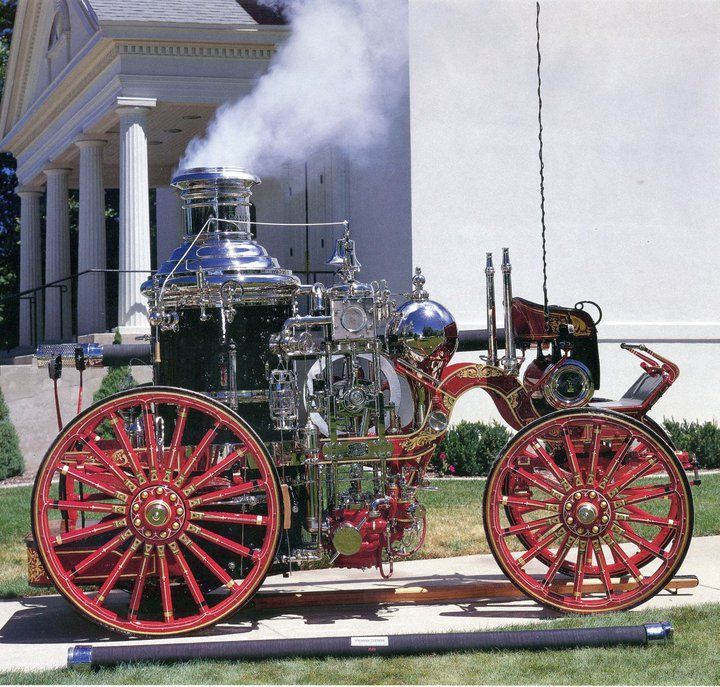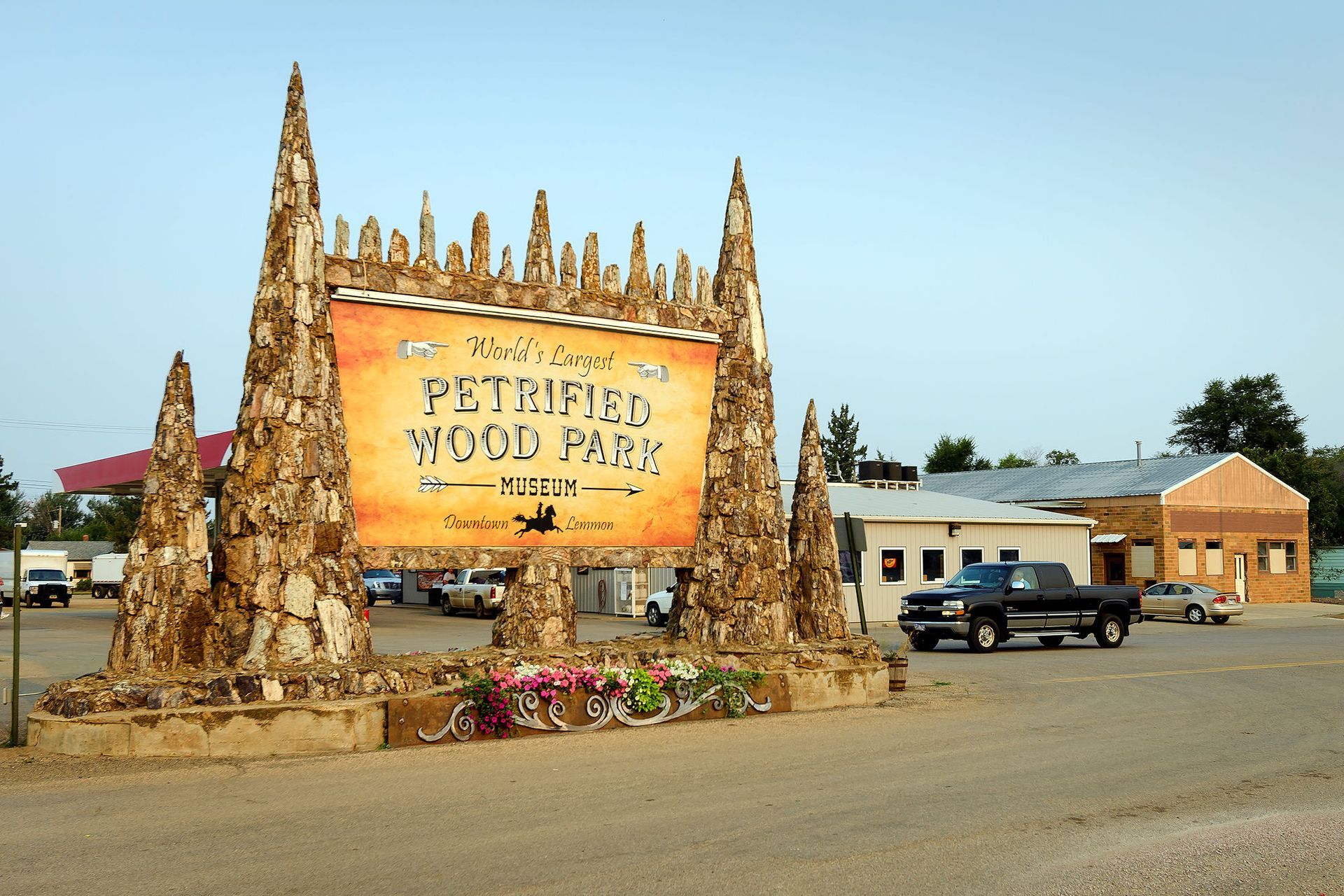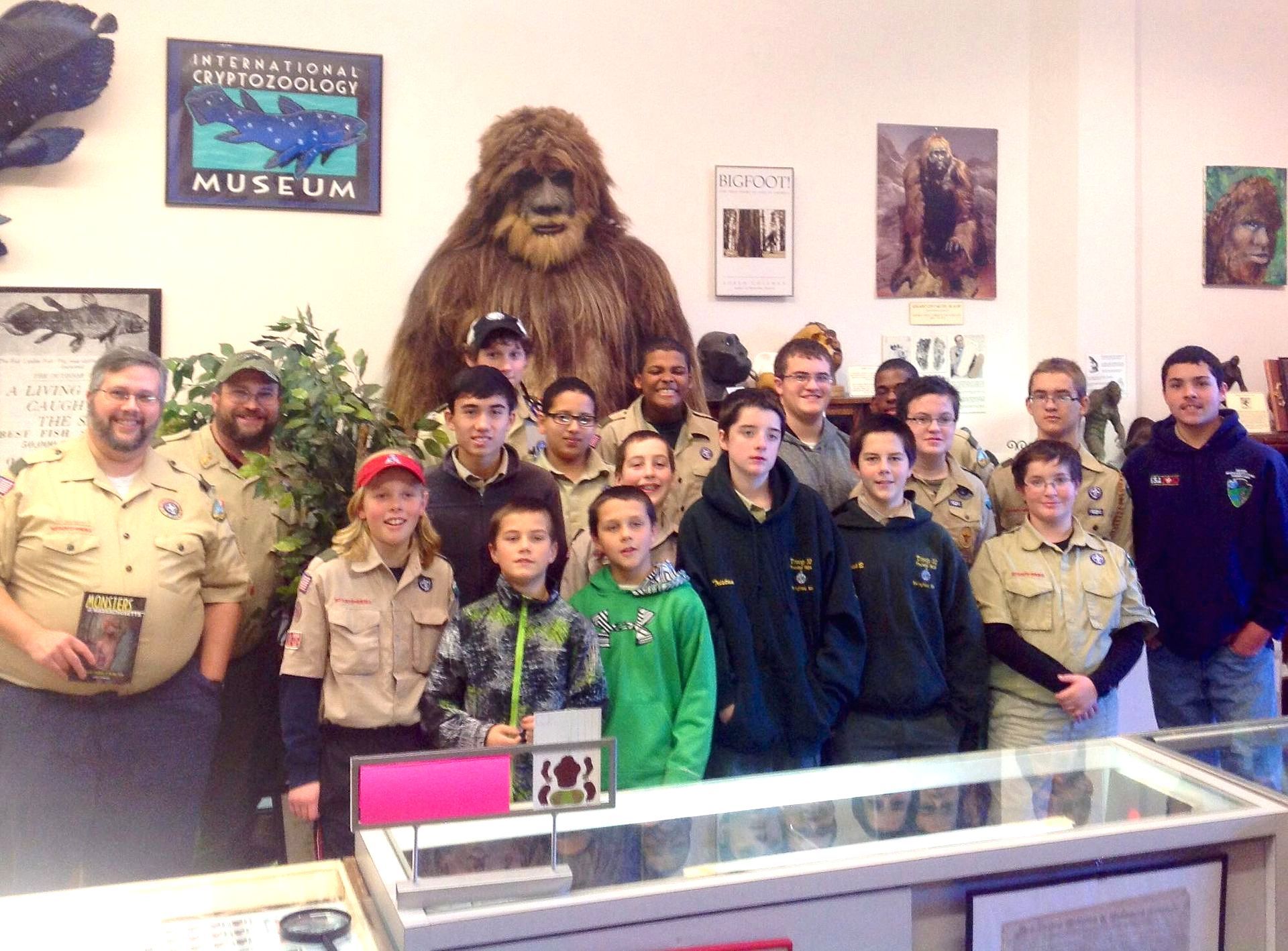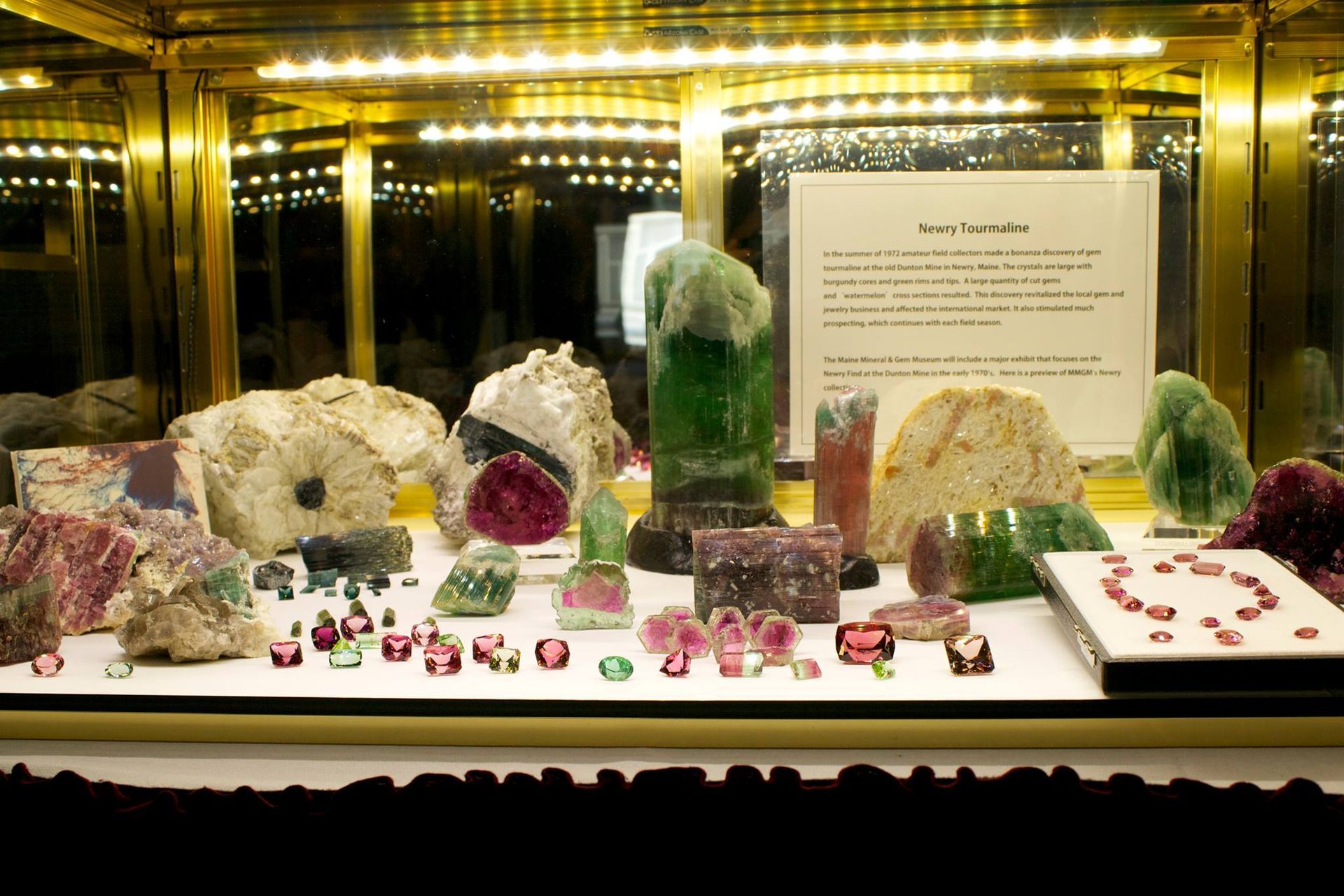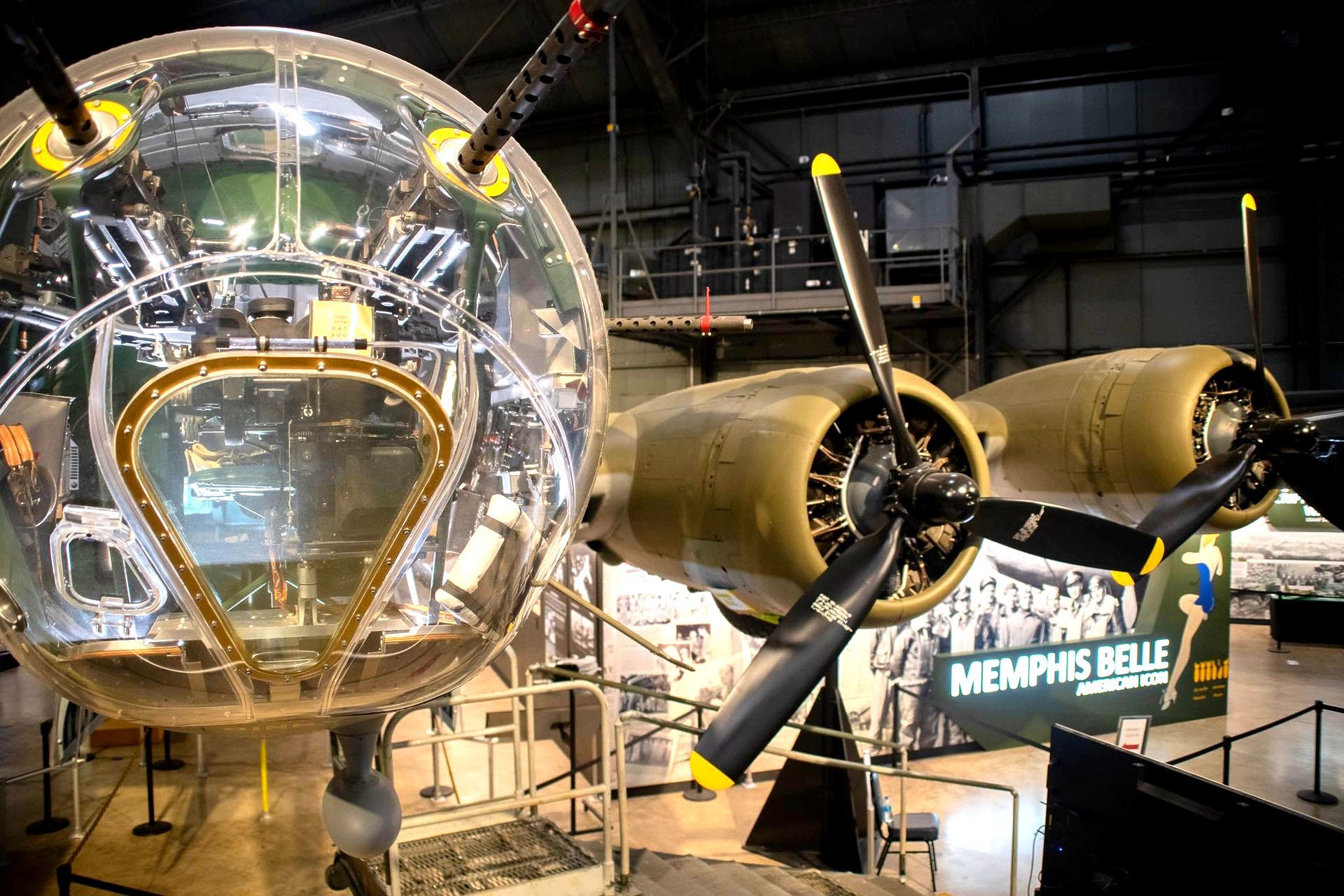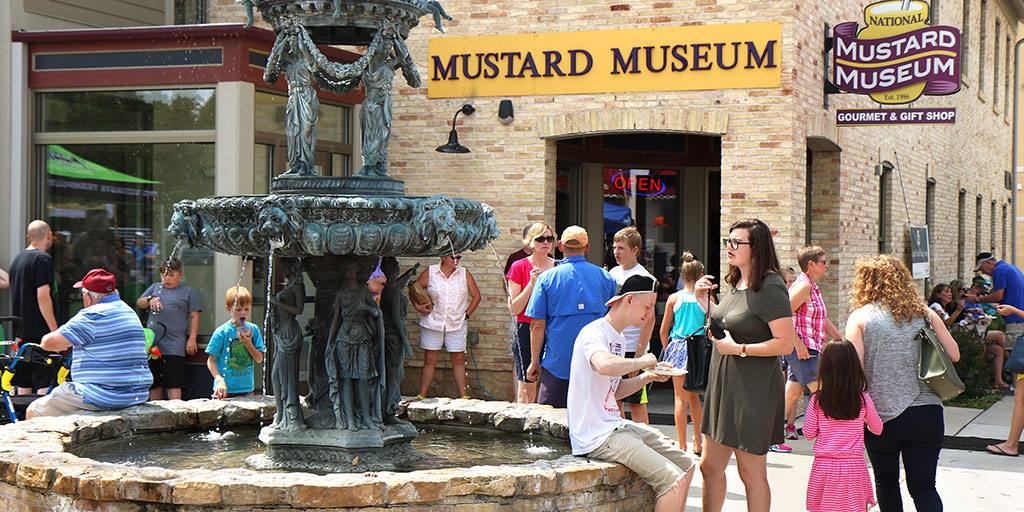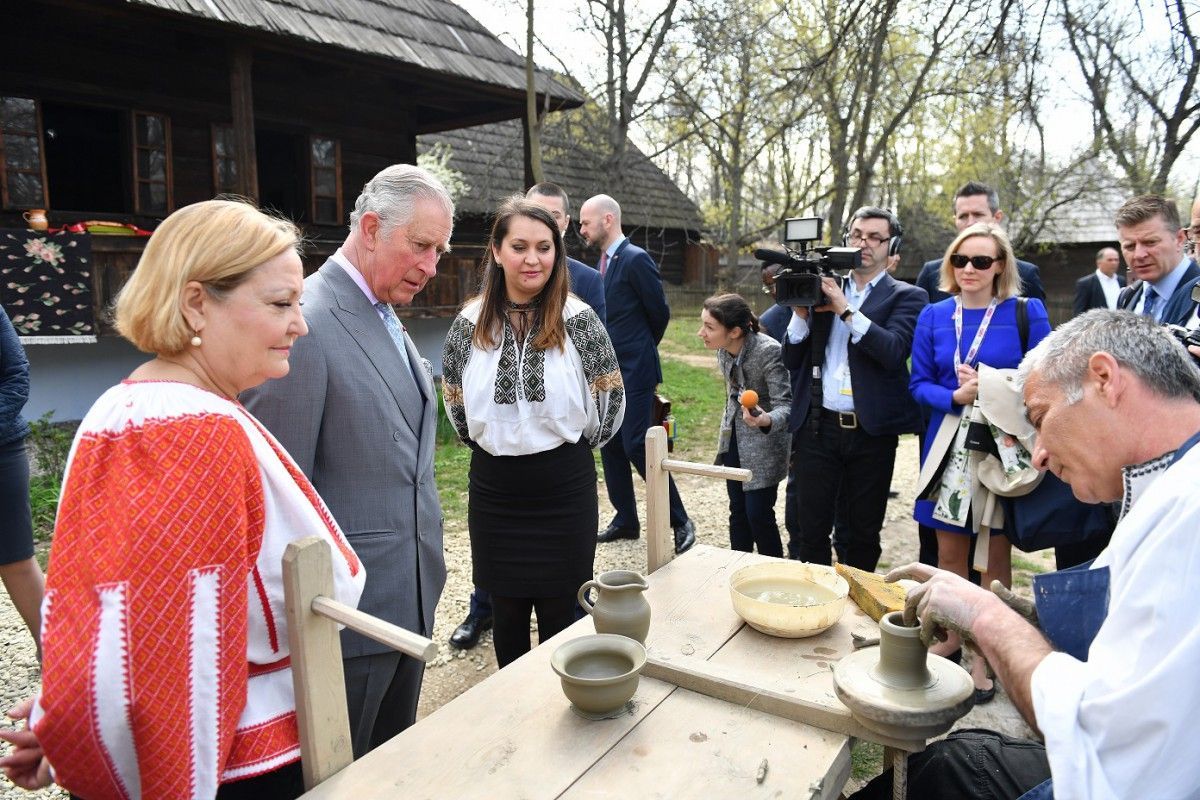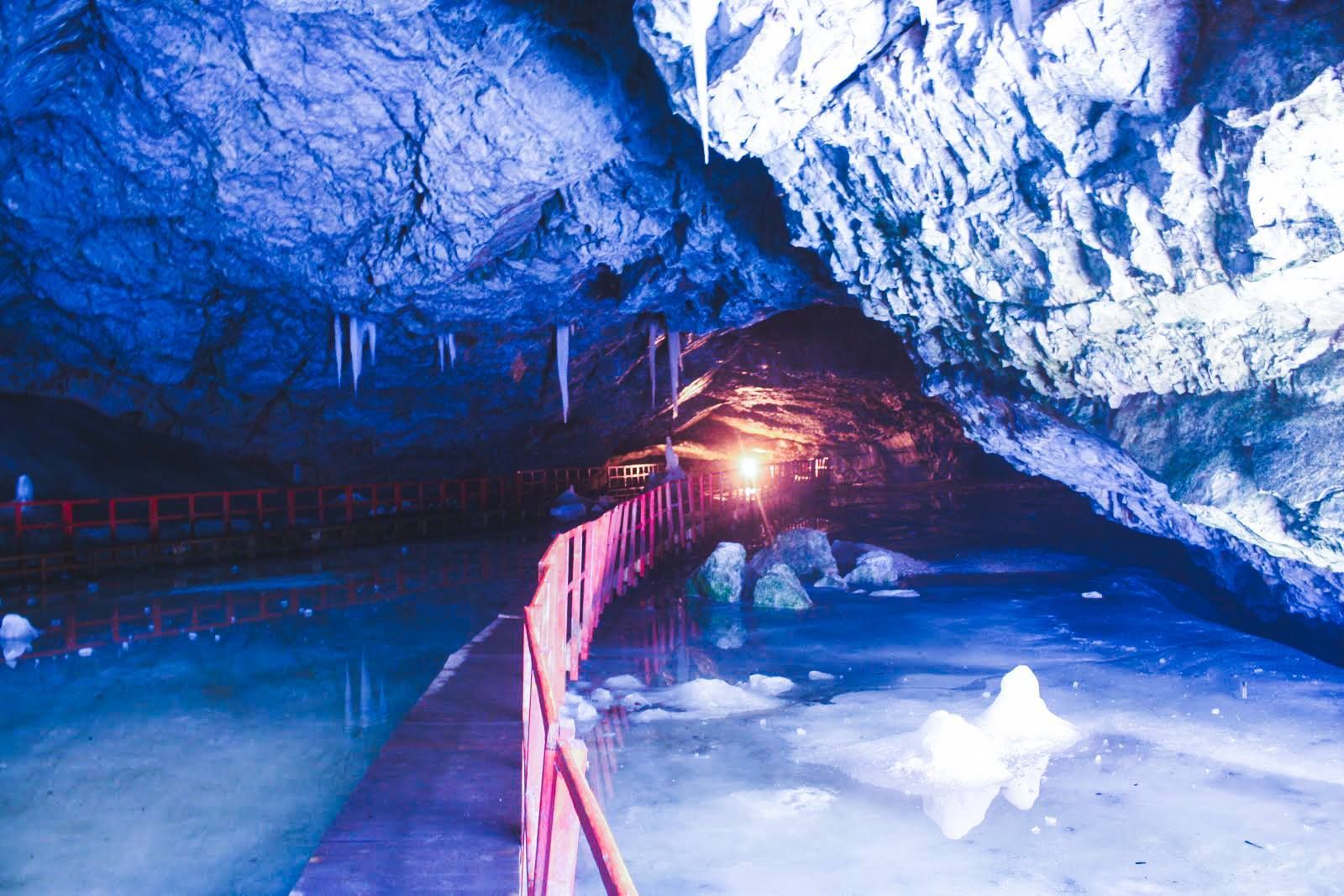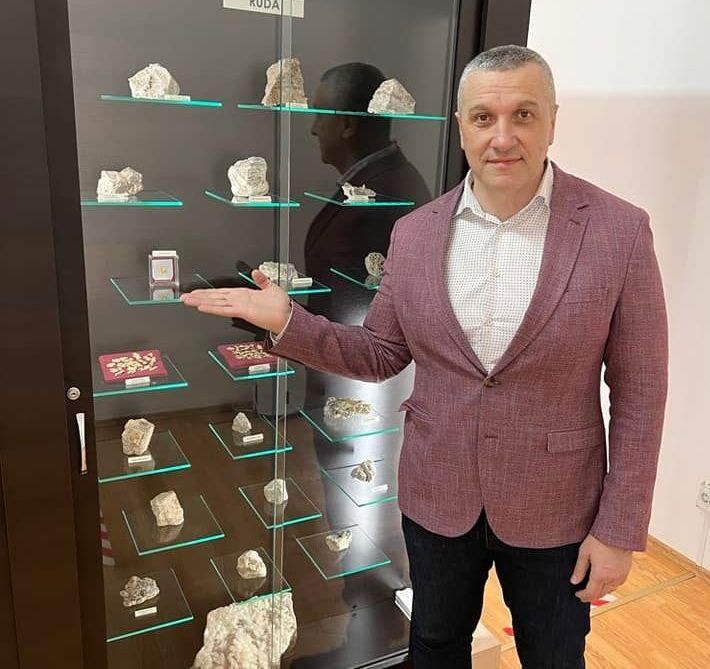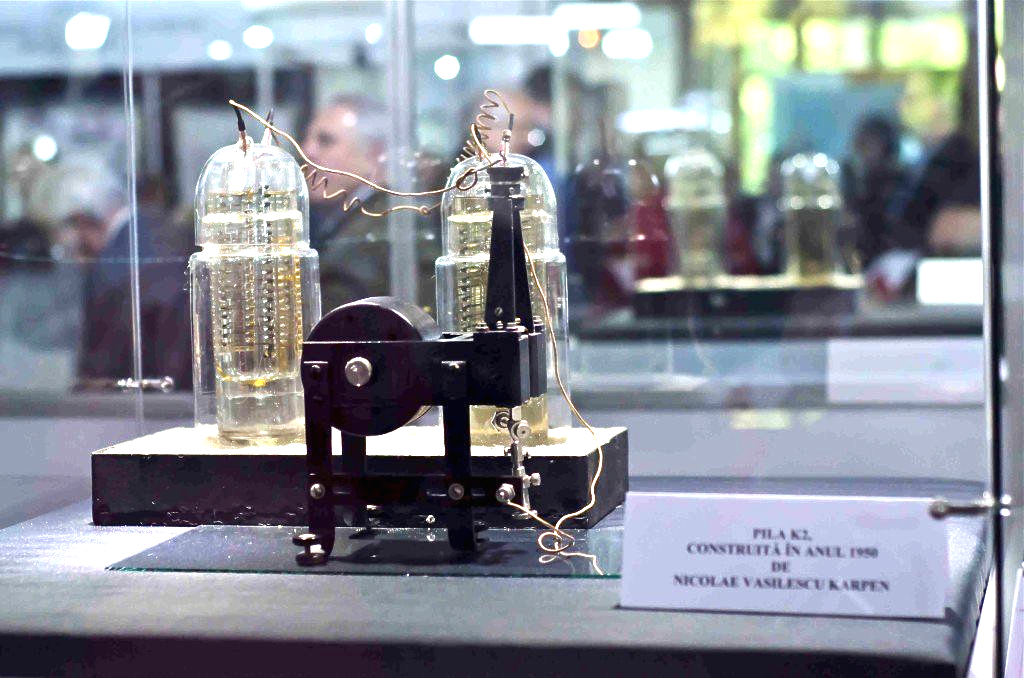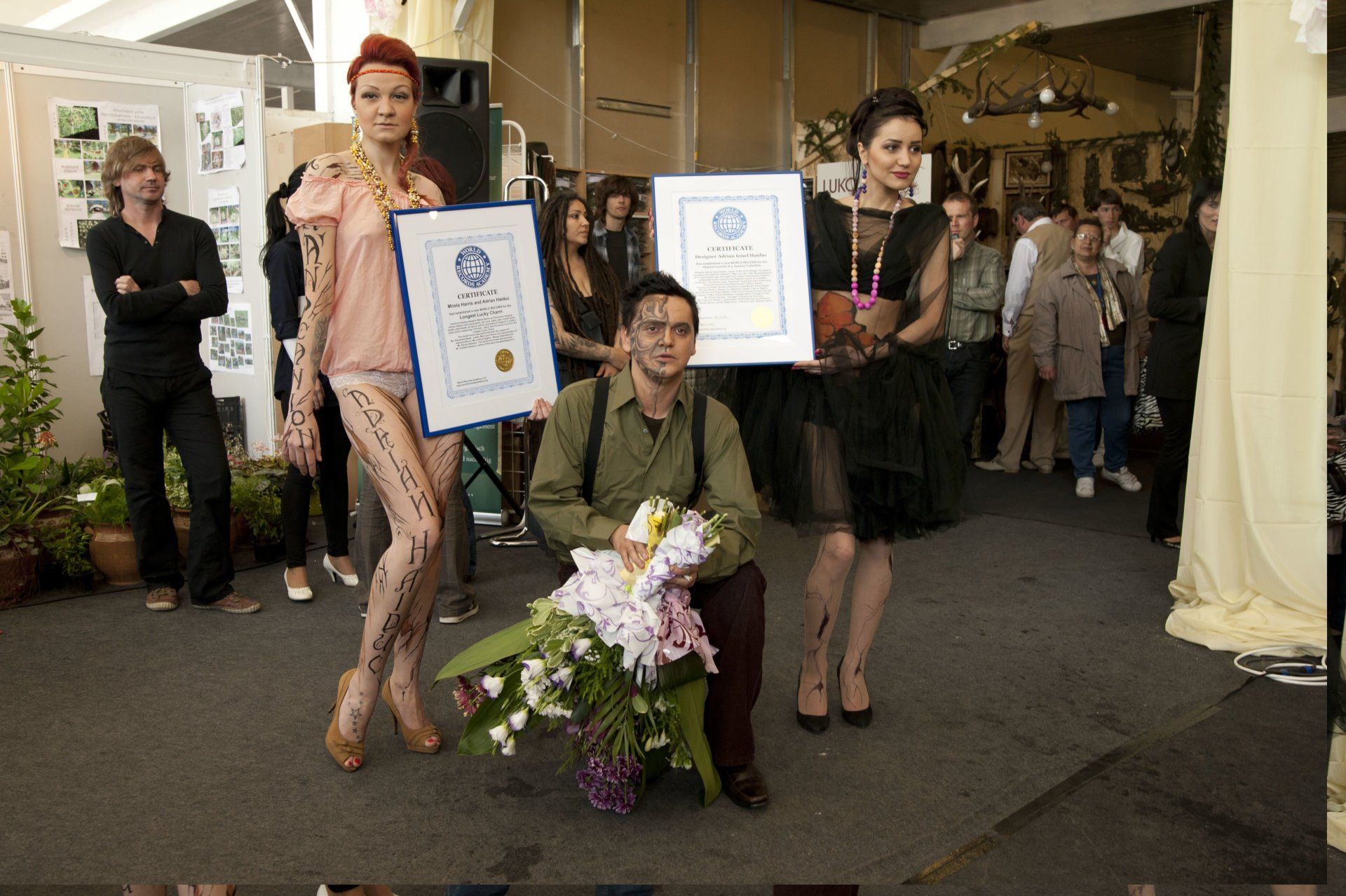World’s Largest Museum Complex, world record set by The Smithsonian Institution
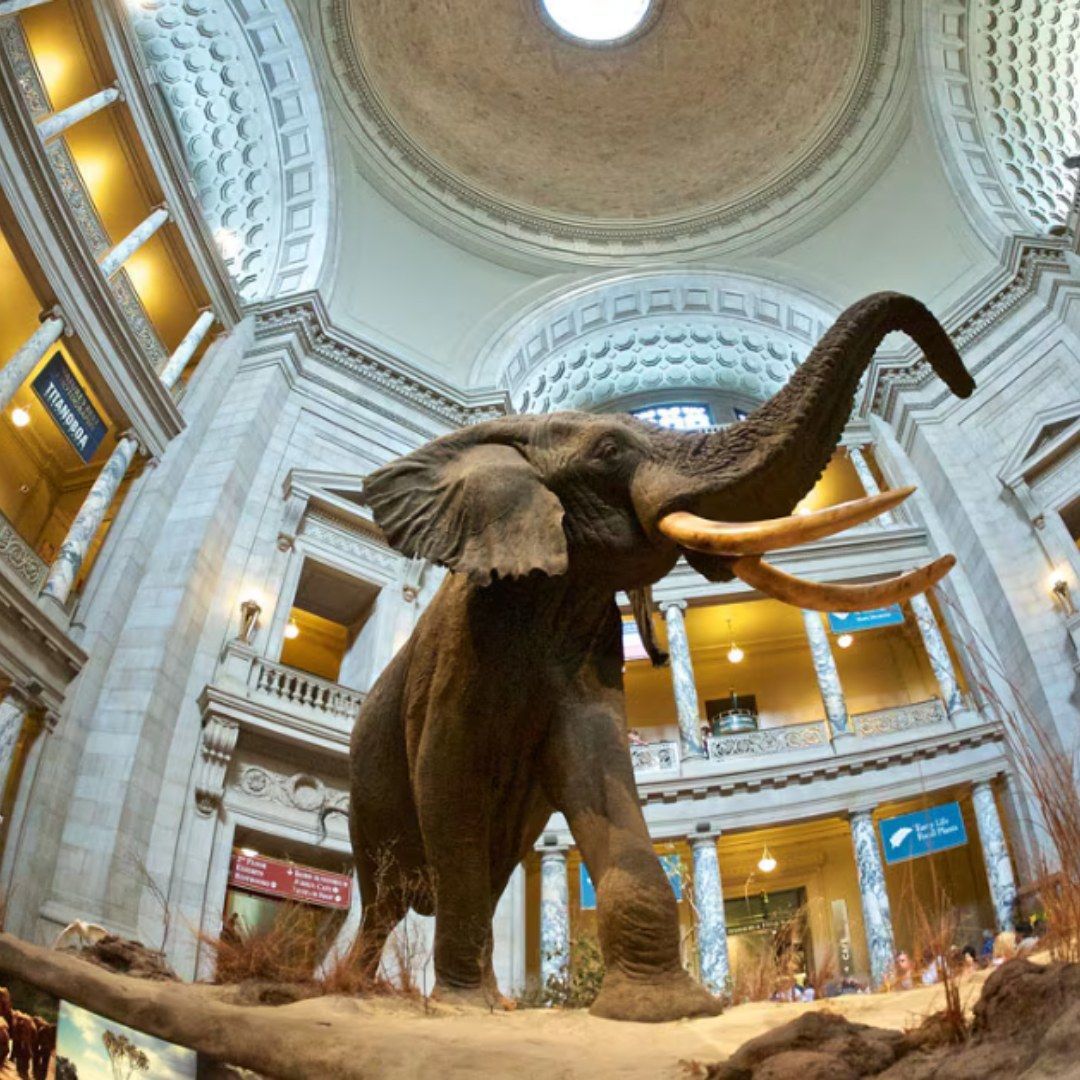
Washington, D.C., United States--The Smithsonian Institution in Washington, D.C., United States, encompassing over 157 million items, 21 museums, 21 libraries, 14 education and research centers, the National Zoological Park, and historical and architectural landmarks, sets the world record for the World’s Largest Museum Complex, according to the WORLD RECORD ACADEMY.
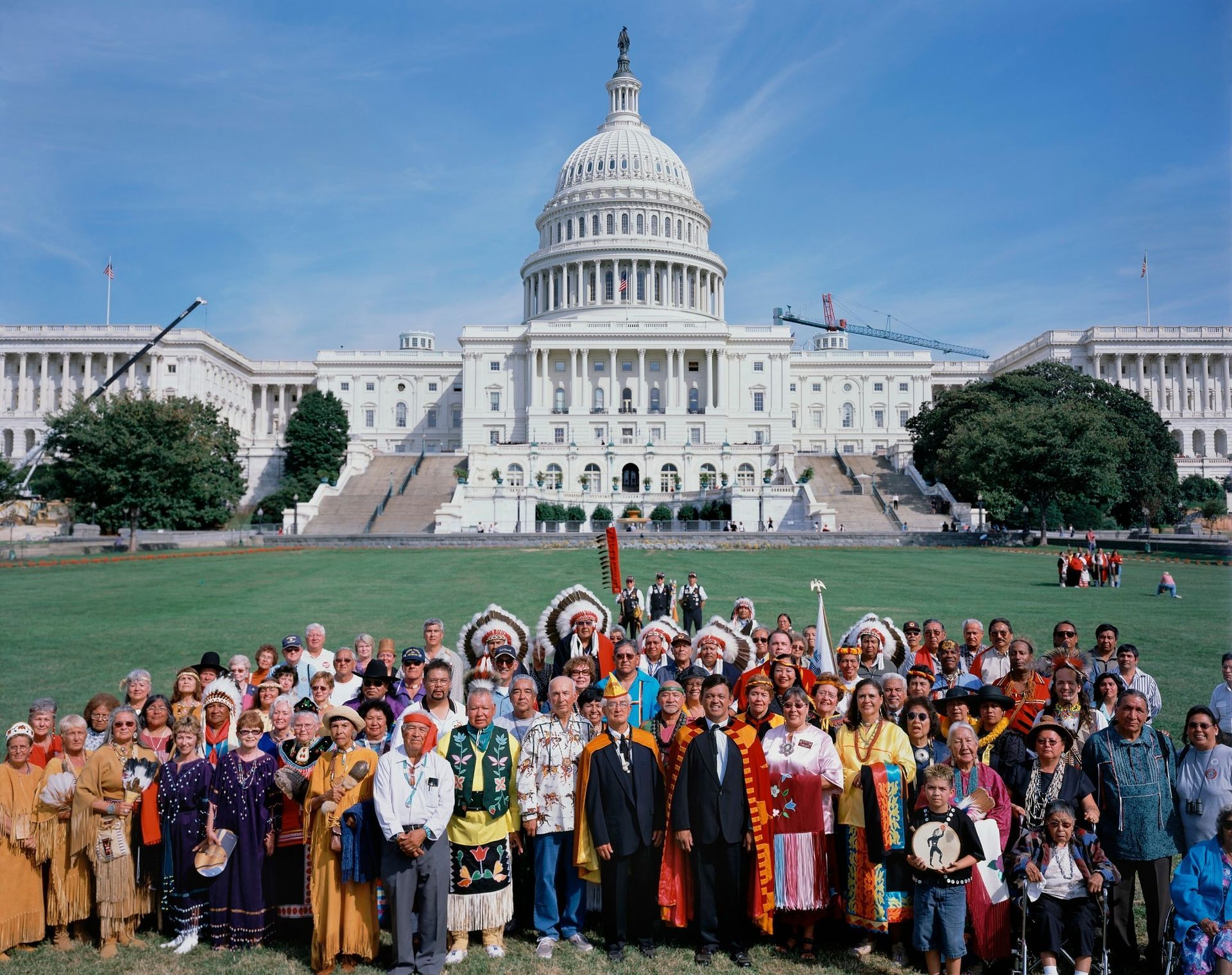
"The Smithsonian Institution is the world's largest museum complex, encompassing 21 museums, galleries, the National Zoological Park, and numerous research facilities.
"Founded in 1846 through the legacy of James Smithson, it is dedicated to increasing and diffusing knowledge through its vast collections and educational programs. The complex has locations in Washington, D.C., New York City, and other affiliated communities, with most of its museums offering free admission." (AI Overview)
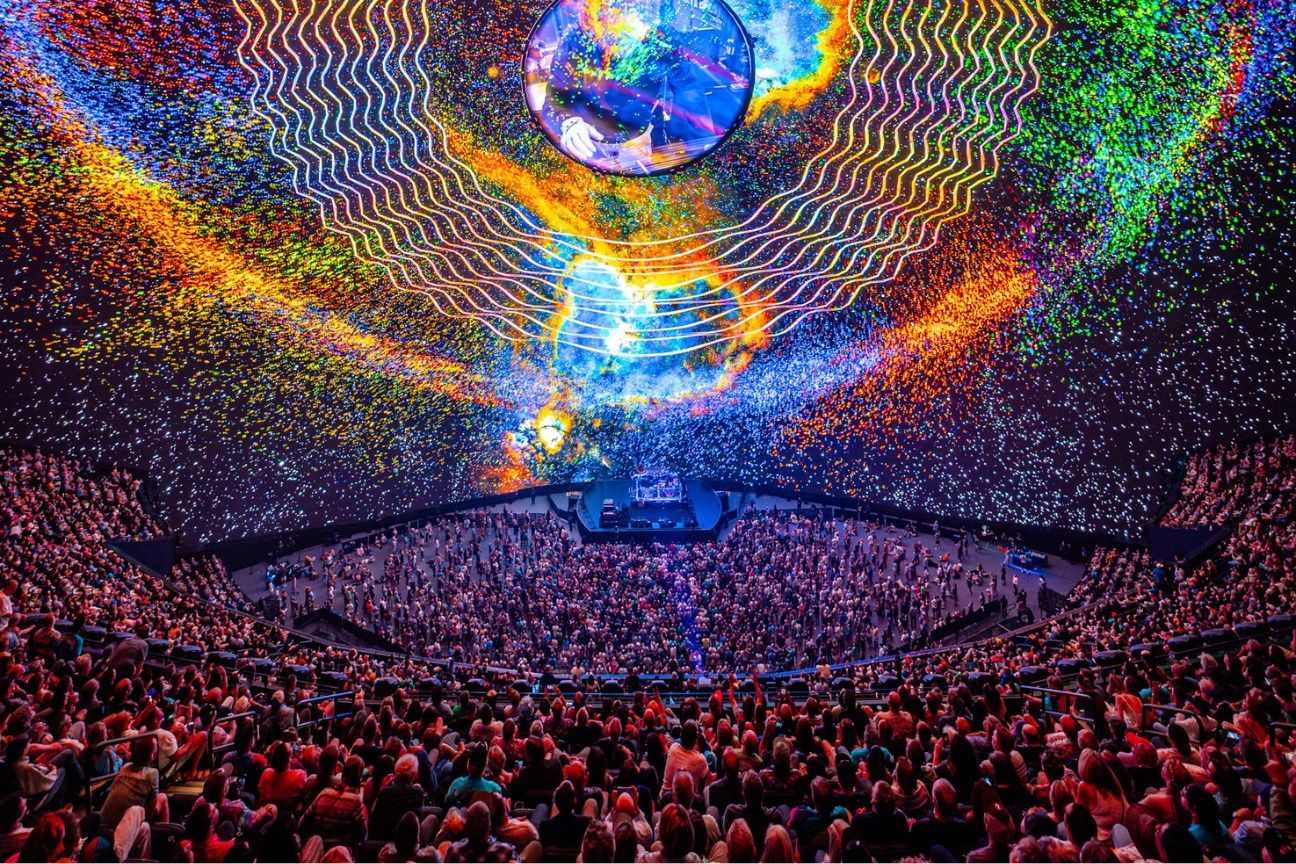
"The Smithsonian Institution comprises 16 museums and the National Zoological Park in Washington, DC, USA. It contains over 140 million items and has over 6000 employees." ("Largest museum (items on display)"/ Guinness World Records).
"The American Museum of Natural History in New York City, USA, founded in 1869, comprises 23 interconnected buildings. The buildings of the Museum and the Planetarium contain 111,000 m² (1.2 million ft²) of floor space, accommodating more than 30 million artifacts and specimens, and the museum attracts approximately 3 million visitors each year."
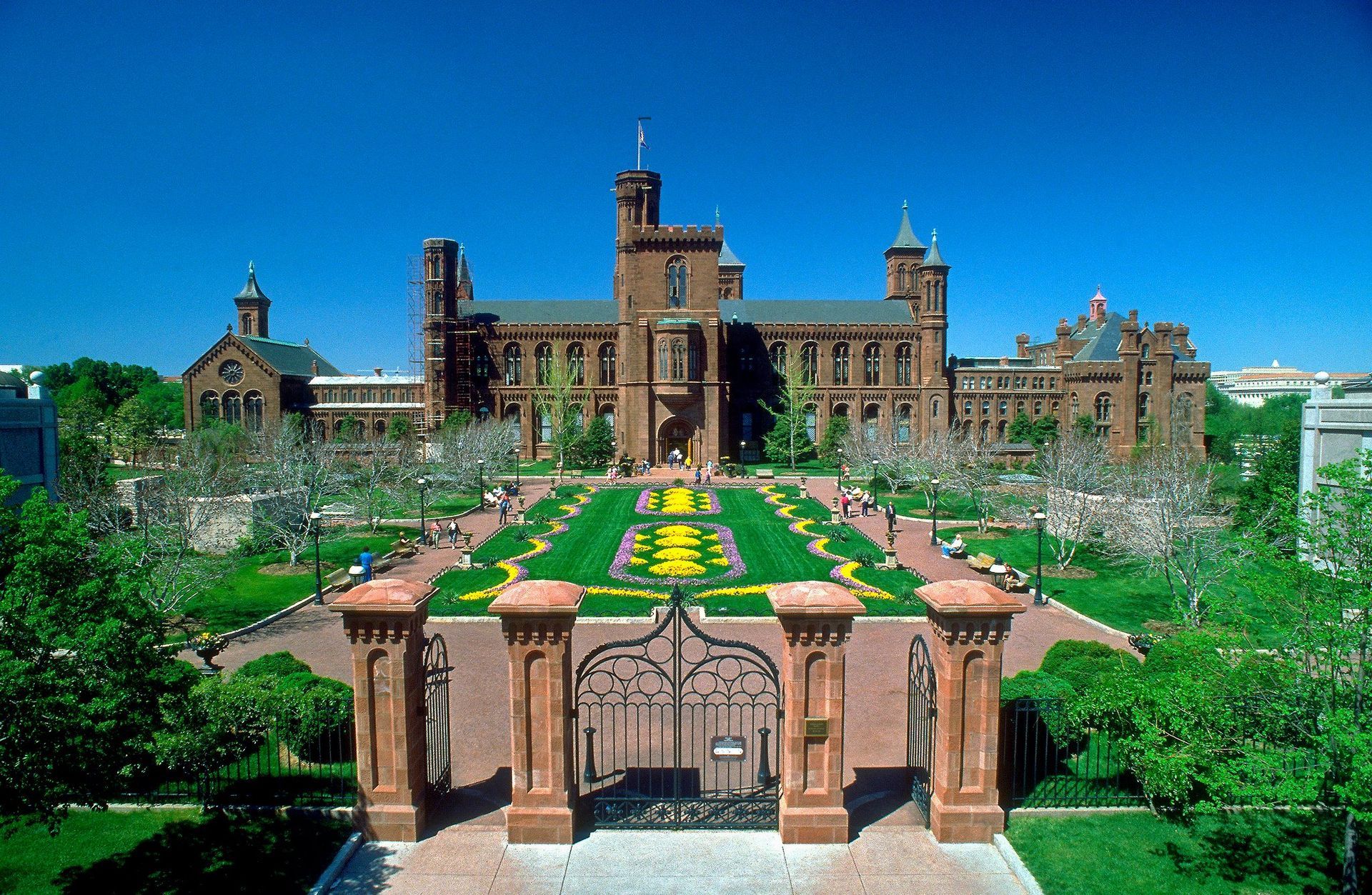
"The Smithsonian Institution is the
world’s largest museum,
education, and research complex, with 21 museums, 14 education and research centers, and the National Zoo—shaping the future by preserving heritage, discovering new knowledge, and sharing our resources with the world," the
Smithsonian's official website says.
"The Institution was founded in 1846 with funds from the Englishman James Smithson (1765–1829) according to his wishes “under the name of the Smithsonian Institution, an establishment for the increase and diffusion of knowledge.” We continue to honor this mission and invite you to join us in our quest."

"The Smithsonian Institution, or simply the Smithsonian, is a group of museums, education and research centers, created by the U.S. government "for the increase and diffusion of knowledge". Founded on August 10, 1846, it operates as a trust instrumentality and is not formally a part of any of the three branches of the federal government. (Wikipedia)
"The institution is named after its founding donor, British scientist James Smithson. It was originally organized as the United States National Museum, but that name ceased to exist administratively in 1967.
"The Smithsonian Institution has historical holdings of over 157 million items, 21 museums, 21 libraries, 14 education and research centers, a zoo, and historical and architectural landmarks, mostly located in Washington, D.C. Additional facilities are located in Maryland, New York, and Virginia. More than 200 institutions and museums in 47 states, Puerto Rico, and Panama are Smithsonian Affiliates. Institution publications include Smithsonian and Air & Space magazines."
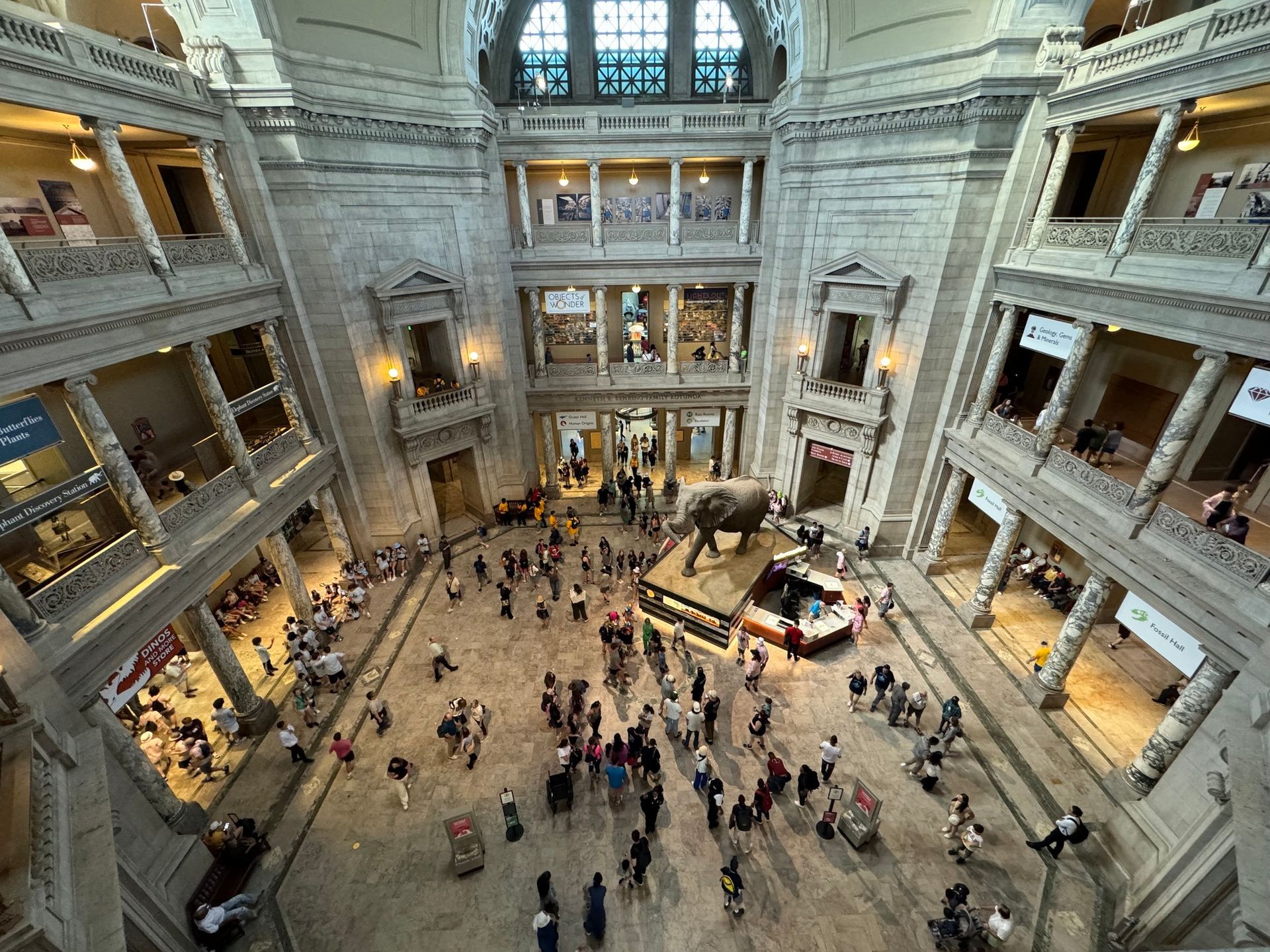
"Almost all of the institution's 30 million annual visitors are admitted without charge, the exception being visitors to Cooper Hewitt, Smithsonian Design Museum in New York City, which charges an admissions fee. The Smithsonian's annual budget is around $1.25 billion, with two-thirds coming from annual federal appropriations. (Wikipedia)
"Other funding comes from the institution's endowment, private and corporate contributions, membership dues, and earned retail, concession, and licensing revenue. As of 2023, the institution's endowment had a total value of about $2.4 billion.
"Nineteen museums and galleries, as well as the National Zoological Park, comprise the Smithsonian museums. Eleven are on the National Mall, the park that runs between the Lincoln Memorial and the United States Capitol. Other museums are located elsewhere in Washington, D.C., with two more in New York City and one in Chantilly, Virginia."
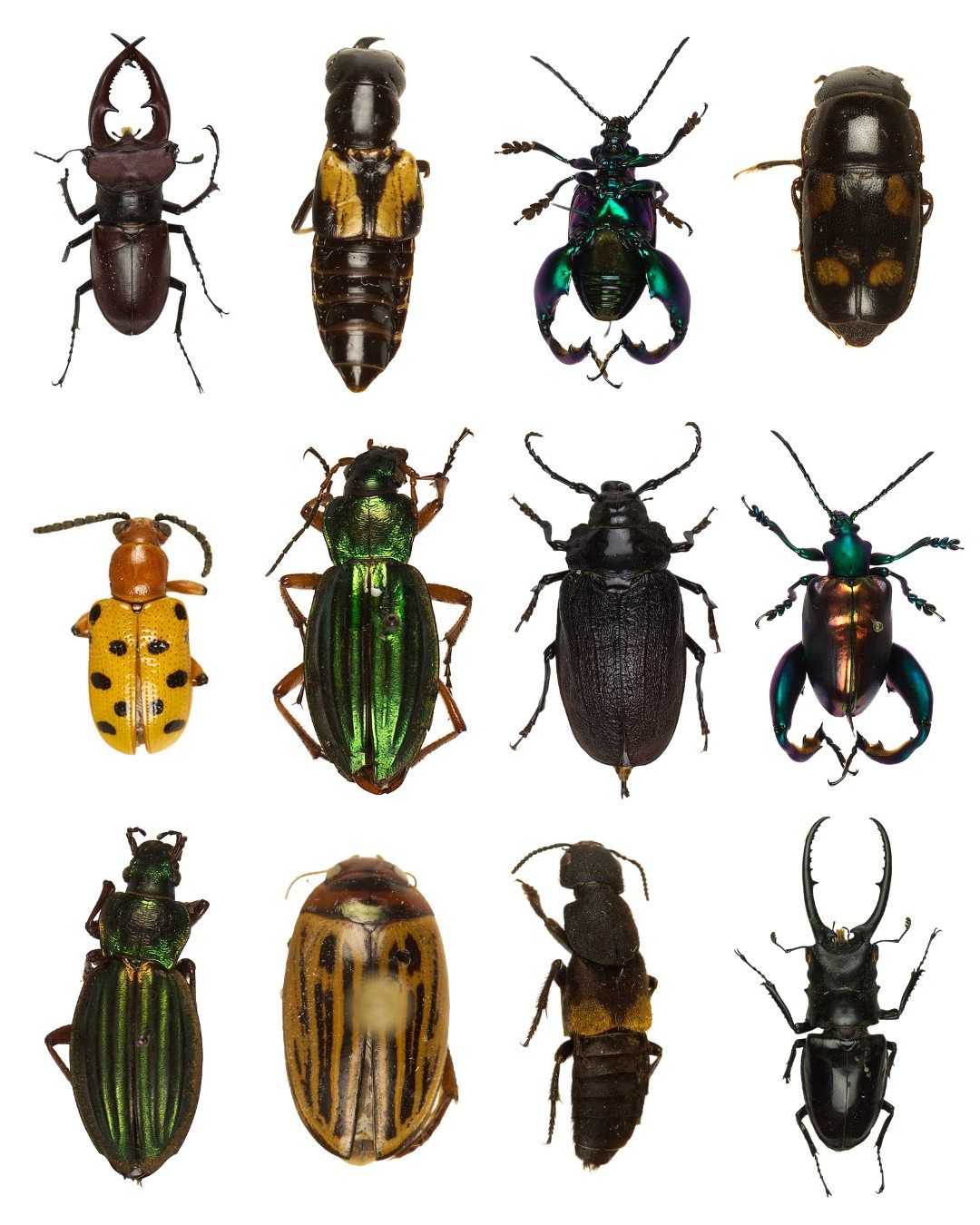
"Smithsonian collections include 156 million artworks, artifacts, and specimens. The National Museum of Natural History houses 145 million of these specimens and artifacts, which are mostly animals preserved in formaldehyde.
"The Collections Search Center has 9.9 million digital records available online. The Smithsonian Institution Libraries hold 2 million library volumes. Smithsonian Archives hold 156,830 cubic feet (4,441 m3) of archival material." (Wikipedia)
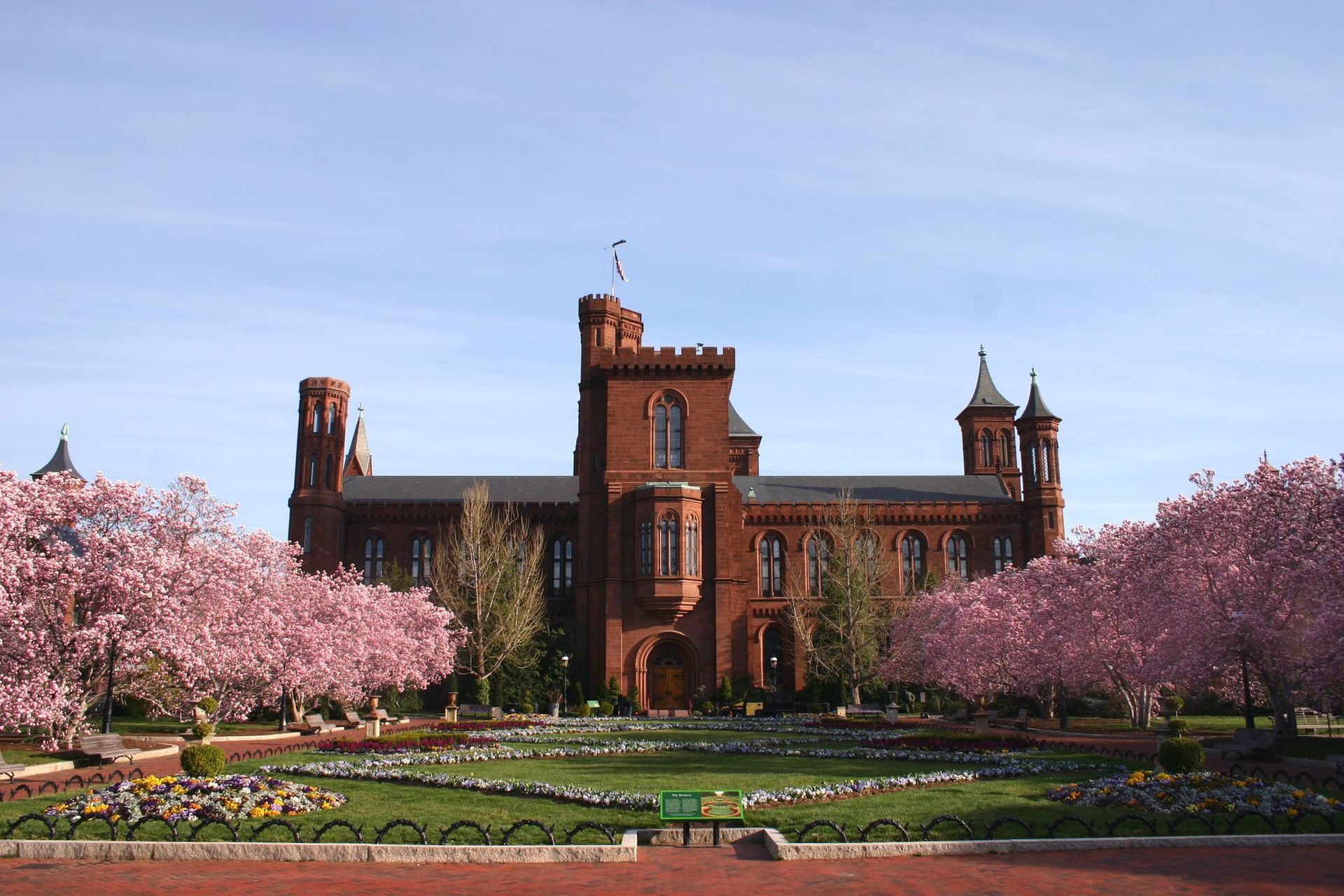
"Over 175 years ago, on August 10, 1846, President James K. Polk signed into law an act (ch. 178, 9 Stat. 102) establishing the Smithsonian Institution. As the world’s largest museum and research complex, the Smithsonian Institution is comprised of 21 museums, multiple research centers, and the National Zoo," The Library of Congress says.
"While the Smithsonian has been enriching American culture through “preserving heritage, discovering new knowledge, and sharing our resources with the world,” it maintains a unique position as an “independent federal trust.” Despite the unique nature of the Smithsonian’s place in the government, there is no doubt that it has enriched American culture for decades and will continue to do so for generations to come.
"The Smithsonian is not a traditional federal agency or department, but federal legislation governing its operations can be found under title 5 of the U.S. Code. The Smithsonian has been described as a government “establishment” or a “trust instrumentality of the United States.” Unlike traditional federal agencies, the Smithsonian “does not exercise regulatory powers, except over its own buildings and grounds,” and several federal laws governing federal agencies do not affect the Smithsonian’s administration, such as the Freedom of Information Act and the Administrative Procedure Act."
"No one knows why Smithson bequeathed more than $500,000 to a country he had never visited, but we should all be glad he did. Comprising of 22 museums and nine research facilities, the Smithsonian Institution is the world's largest museum, education and research complex. It's also free to all," the Charleston Living Magazine says.
"The Museum of American History is a jumble of Americana, three million artifacts that use everything from Dorothy's ruby slippers from the Wizard of Oz and Julia Child's kitchen to Abraham Lincoln's hat and the original Star-Spangled Banner, to trace all the facets of America's story.
"There are collections of election buttons; gowns worn by First Ladies; Vince and Larry, the 1970's crash test dummies; stagecoaches; trains and weaponry. It's a lot, but a crowd-pleaser, especially if you're traveling with others or with children, who will love the interactive exhibits. Just don't forget to reserve a space: the hands-on activities are free, but space is limited."
"The Smithsonian Institution (SI) is the world’s largest museum complex of nineteen museum facilities and galleries, the National Zoo, and nine research facilities," The George Washington University says.
"Though the SI is not a typical federal agency with almost 40% of its annual budget sourced from private contributions and business revenue, it nevertheless adheres to federal mandates including the 50% waste diversion target required by Executive Order 13693. With nearly 30 million visitors annually, the SI’s Office of Facilities Management and Reliability (OFMR) is charged with the considerable task of maintaining daily operations Smithsonian-wide.
"Working toward its diversion goal, the OFMR established the Recycling Task Force (RTF) in 2010. In its first year, the RTF tracked waste at seventeen of its D.C. based museums, including the National Zoo, the Smithsonian Environmental Research Center and the SI campus located in Front Royal, VA and recorded a diversion rate of 17.6%. By fiscal year 2015, the RTF had increased diversion across those same facilities to 46.7%."
"The Smithsonian is the world’s largest museum complex, consisting of 19 museums, nine research centers, and the National Zoo," the Voice Of America says.
"Established by the U.S. Congress in 1846, the Smithsonian was the brainchild of James Smithson, a wealthy English chemist who left his estate to the United States for the establishment of an institution in the nation’s capital “for the increase and diffusion of knowledge.” With that broad concept, said Smithsonian historian Pamela Henson, the institution began collecting a vast array of items ranging from artwork to insects.
"The National Museum of American History is filled with Americana, including an exhibit on the invention of the video game. There is also the popular display of inaugural gowns worn by U.S. first ladies."
Photos: Facebook/Smithsonian
